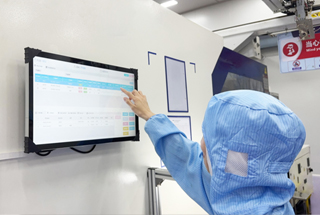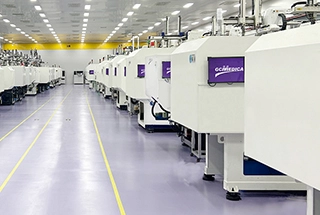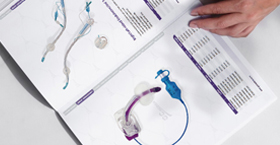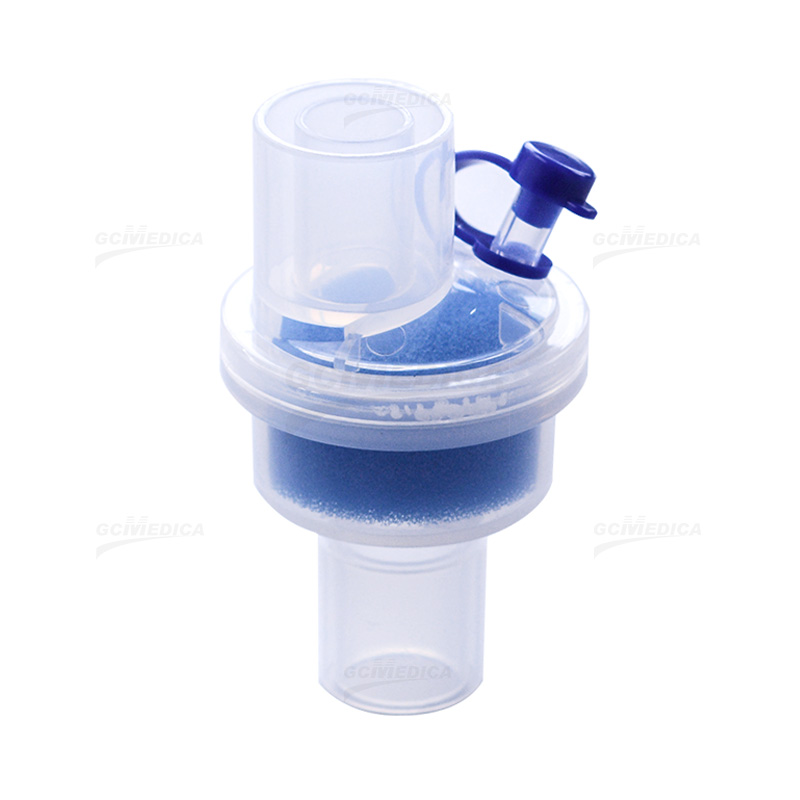Heat–Moisture Exchange (HME) filter systems are compact, passive devices designed to conserve a patient’s exhaled heat and humidity and to filter airborne pathogens during mechanical ventilation or tracheostomy care. By capturing moisture and warmth from exhaled gases and returning them to the inspired gases, HMEs help maintain optimal airway conditions, reduce the risk of mucosal drying, and lower infection rates. These systems are particularly valuable in intensive care units, during intra-hospital transport, and for long-term ventilator-dependent patients.
Working Principle
At the core of every HME filter lies a hygroscopic matrix—often composed of foam or paper impregnated with salts—that absorbs moisture and heat from exhaled breath. During the subsequent inspiration phase, this stored heat and moisture are released back into the incoming gas flow. Simultaneously, a microbacterial filter element removes airborne pathogens, offering dual functionality: humidification and filtration.
Clinical Applications
HME filter systems are broadly used in:
Mechanical Ventilation: To prevent endotracheal tube occlusion and maintain mucociliary function.
Tracheostomy Care: To mimic natural upper airway conditions in patients with reduced airway humidification.
Patient Transport: To ensure airway humidification and filtration in portable ventilator setups.
Non-Invasive Ventilation (NIV): In select cases where moisture retention is essential without active heating.
Below is a comparison of typical HME filter parameters:
| Parameter | Description | Typical Range |
|---|---|---|
| Filtration Efficiency | Removes bacteria and viruses from inspired air. | ≥ 99.9 % |
| Dead Space Volume | Internal volume that does not participate in gas exchange; important for CO₂ clearance. | 30–70 mL |
| Airflow Resistance | Pressure drop across the device; lower resistance eases patient breathing effort. | 1.5–3.0 cm H₂O/L/s |
| Humidity Retention | Amount of moisture retained and released; crucial for mucosal integrity. | 25–32 mg H₂O/L |
| Operating Temperature | Effective at human body temperature; compatibility with ambient conditions. | 18–37 °C |
| Recommended Use Time | Maximum duration before saturation or decreased performance; varies by product design. | 24–72 hours |
Key Benefits
Airway Protection: By filtering > 99.9 % of microbes, HME filters reduce ventilator-associated pneumonia (VAP) rates.
Mucosal Health: Conserved humidity prevents drying of the tracheal mucosa, reducing crust formation and airway resistance.
Cost‑Effectiveness: Relative to active humidifiers, HMEs require no water reservoirs or electrical power, lowering maintenance overhead.
Simplicity: Plug-and-play design allows rapid device changes without complex setup.
Selection Considerations
When choosing an HME filter system, clinicians should assess patient tidal volume (to avoid excessive dead space), ventilator settings (to ensure adequate resistance margins), expected duration of use, and infection control protocols. In patients with high minute ventilation or significant secretions, active humidification may be preferred.
In summary, heat–moisture exchange filter systems offer a streamlined, reliable solution for maintaining airway humidity and reducing infection risk in ventilated or tracheostomized patients. Their passive design, coupled with robust filtration, makes them indispensable in modern respiratory care.
Related products
| Heat Moisture Exchange Filter (HMEF) > | |
| Eco-mini HMEF > |


 Français
Français Español
Español Products
Products

 About Us
About Us













